bracelets that people have left behind,
probably to tell those who lay in the fields that people were there
and that they will always remember
probably to tell those who lay in the fields that people were there
and that they will always remember
My first trip in Cambodia was back in 2010 with a group of friends exploring the temples of Angkor Wat. I remember meeting Mr. Sam, our tour guide who was a survivor of the Khmer Rouge Occupation. He told us his stories of the Occupation and of the loved ones he’s lost. I remember trying to stop, or at least hide, my tears as he told us his tragic and inspiring story. On our last day in Siem Reap, he took us to a Buddhist monastery where skulls and bones of the victims were put into a memorial. I told myself that someday I would have to visit Phnom Penh and maybe have the courage to visit the other memorials.
It was a long day ahead of us. Meiyien, another friend, and I were out together to explore the city of Phnom Penh. Our itinerary included the Tuol Sleng Genocide Museum and the Choeung Ek Killing Fields. I knew it was going to be a heavy day, but a visit to these two places proved to be more than that – it was a tough day.
Tuol Sleng was just like any other high school compound that can be found in most of Southeast Asia. A few buildings outlined the area and there was a playground at the middle. We went inside the first building to our left. In the first room we saw a bed at the middle and a small iron box on top of it. And on the wall is a photo of a man tortured to his death on probably the same bed. The bright morning light from the window failed to hide the dark past of this place.
A high school turned into a security prison where thousands were tortured and killed during the Khmer Rouge occupation.
A board can be found in front of the building where one can read the rules a prisoner must follow.
Rule No. 6 states ‘While getting lashes or electrification you must not cry at all’.
Rule No. 9 says ‘If you don’t follow all above rules, you shall get many lashes of electric wire’.
Rule No. 6 states ‘While getting lashes or electrification you must not cry at all’.
Rule No. 9 says ‘If you don’t follow all above rules, you shall get many lashes of electric wire’.
The next building housed thousands of photos of the men, women, and children tortured during the occupation. Yes, even innocent children were not spared.
And if these weren’t enough, the next one was worse. And I wasn’t prepared for it. The building itself was surrounded by barbed wires. Small prison cells made up the whole floor, with only a small opening on the doors. The cells were open that time, but imagine back then when the victims spent their remaining days trapped in those small pieces of concrete fearing for their lives. I went up the second floor and it was still the same. That’s when I stopped. I decided to skip the last building and just sit outside to wait for my friends.
There was no time to process the whole experience because we still had the Choeung Ek to go to. A former mass grave for the victims of the occupation, it is now one of the most famous of the Killing Fields. It had a solemn and melancholic feel. Tourists walked on their own carrying headphones.
The grounds were outlined with numbers to serve as directions for your own self-paced audio tour of the area. You’ll find yourself sitting on benches, or standing beside graveyards while listening to survival stories of the victims, or stories of cries and voices heard from the area during the occupation, or the voice of the Khmer Rouge leaders confessing to their crimes and asking for forgivenes. One part of the tour is walking along the lake while listening to an excerpt from Him Sophy’s classical piece “A Memory from Darkness.” I sat down on one of the benches as I listened to it. I find it hard to write down what I felt during that time, but I found the music and the stories heart-breaking.
But this wasn’t the most horrific of what I saw and heard. There’s the Killing Tree, its trunk adorned by colourful bracelets. I pressed play and heard how this tree was used to kill children and infants. Their heads smacked against the trunk. Of music being played over the speakers to hide their cries and of their mothers who saw them die.
Photo by : Danny--Boy
That was it for me. I wiped away tears, even now as I write this.
We ended the day back in the city, sitting by the boulevard near the river. We tried to make sense of what we saw and heard during that day. To reduce a human being to a number, a black and white photo, a fractured skull or a bone amongst a hundred others on a memorial? How can one make sense of it all? But maybe this tragic history can serve as a reminder of what should never happen again in this world, ever.
Almost a week after this, I visited a friend in Stung Treng. She’s a public health volunteer there. She told me of how much they’re trying to impart knowledge on the Khmers, on ways to improve the public health service in that small town. She told me how frustrating it was sometimes, how some of the people were uncooperative. She told me how some of them don’t seem to understand the need for ‘change’, when for them everything is a lot better now compared to the days of the Khmer Rouge Occupation.
To an outsider, for people who didn’t go through what this country survived, it’s so easy to cast judgment. I know I could have if I didn’t get to visit Phnom Penh. But sentiments like theirs can only be heard from people still traumatized and for people who are still healing.
I thought of all the people, the children, who didn’t survive. But I also remember Mr. Sam with his smile and hospitality, his inspiring survival story, and I thought how strong and resilient he must have been to be who he is now despite all that he’s lost.
This is another side of Cambodia I have come to appreciate. It wasn’t just the majestic temples of Angkor, or of Bayon, that I remember now of Cambodia. But I remember its people, their healing and their resilience.
Yes, going to Tuol Sleng and Choeung Ek can be a very depressing and hard experience. But to know Cambodia and its people more, one should visit not just the temples from its glorious days, but of its most recent history they survived that is a big part of who they are now.
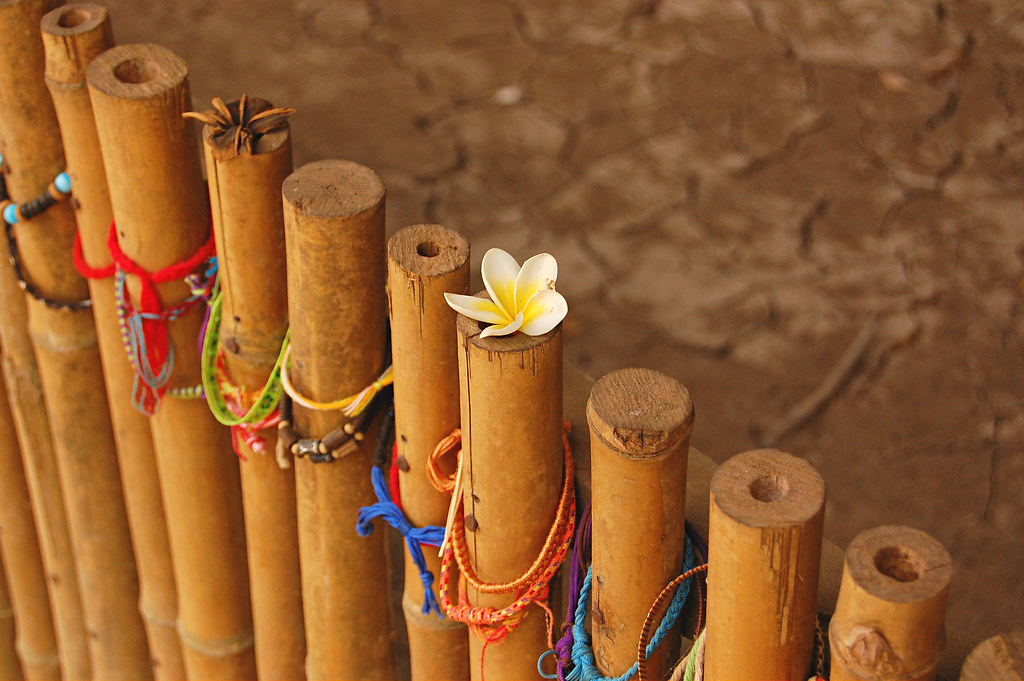



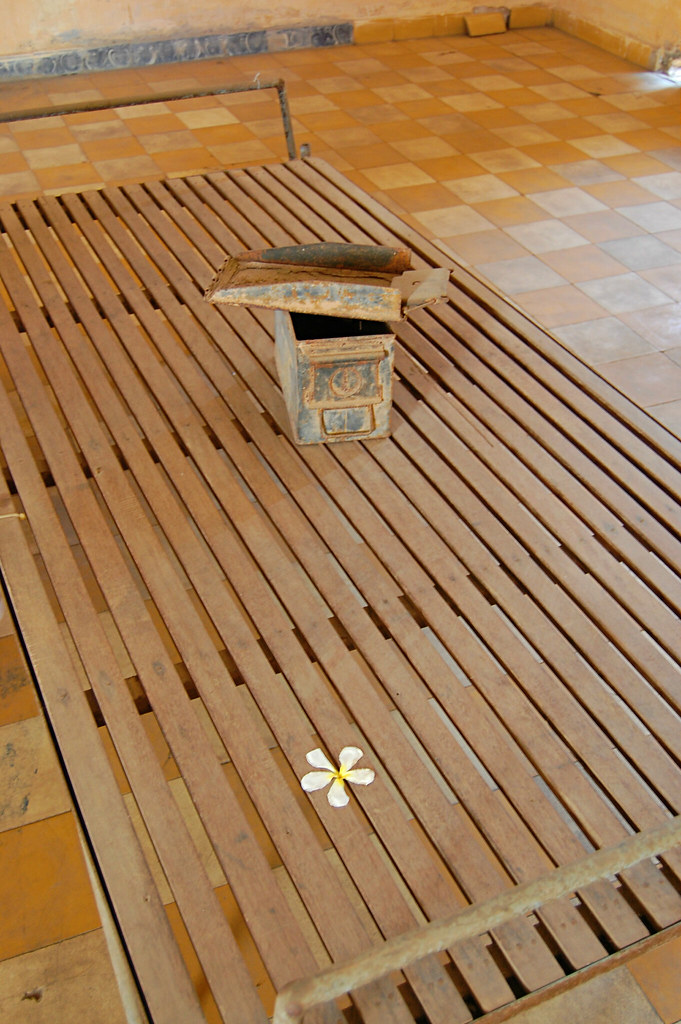
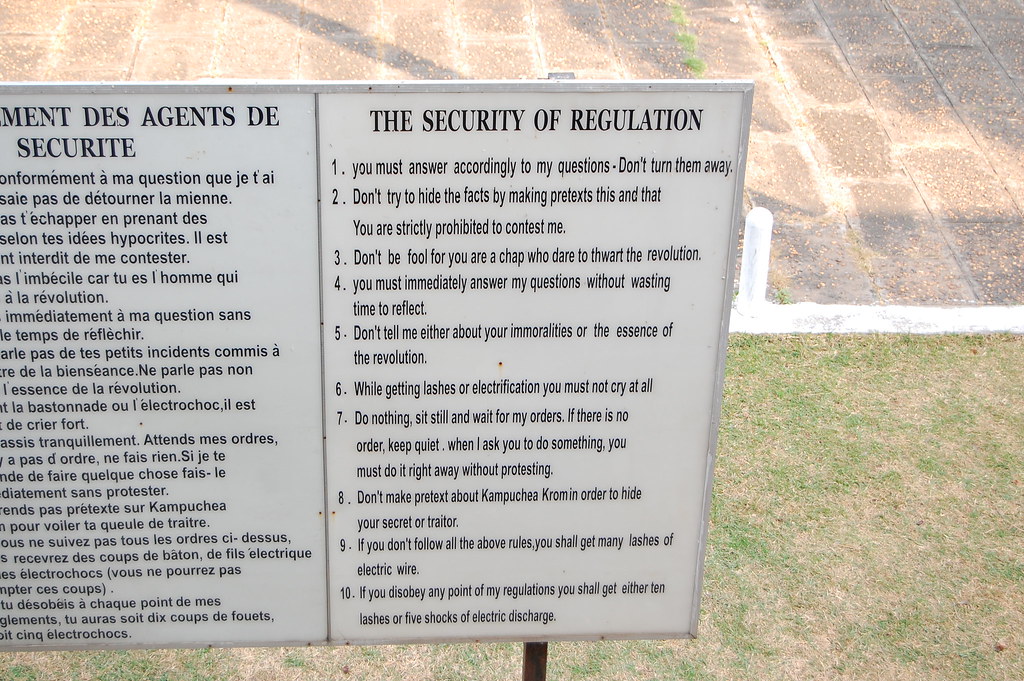
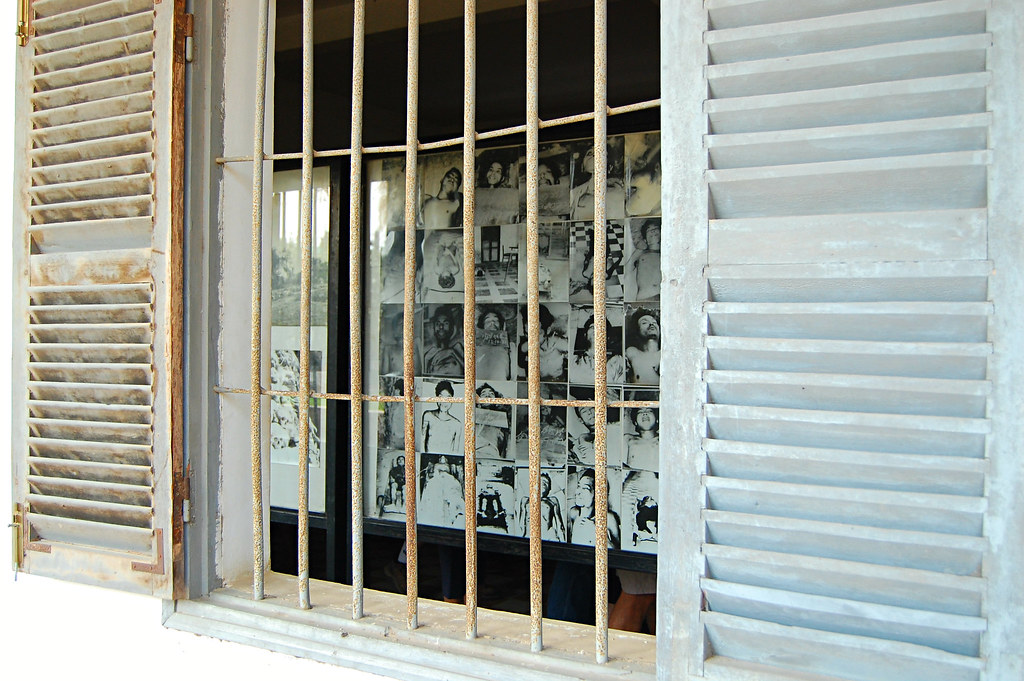


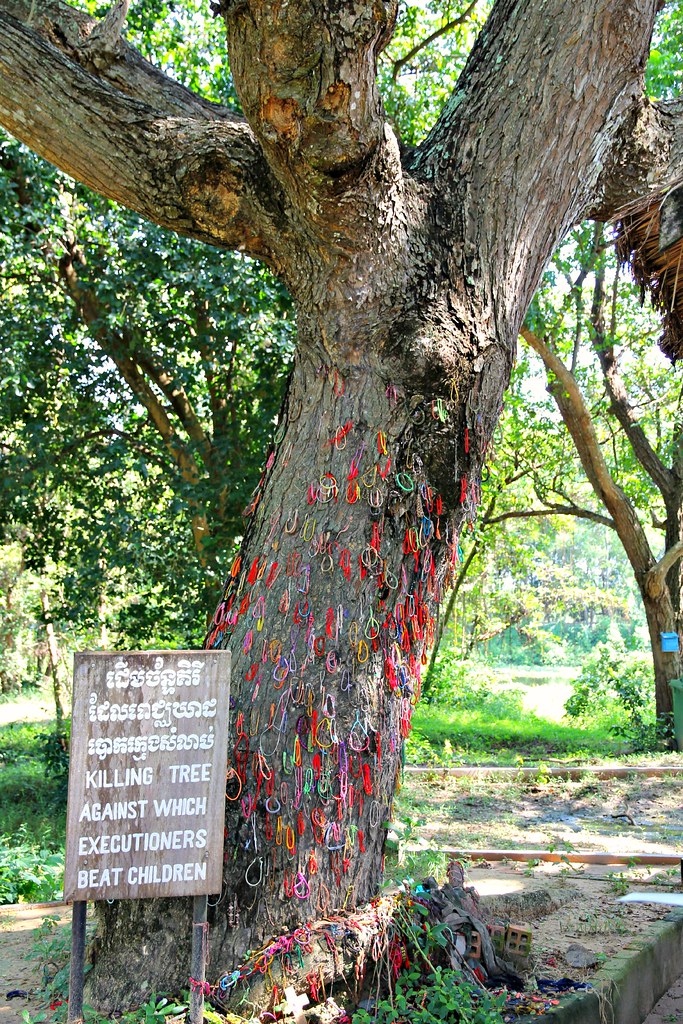
Social Icons